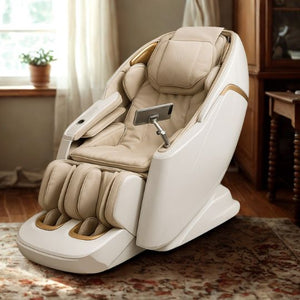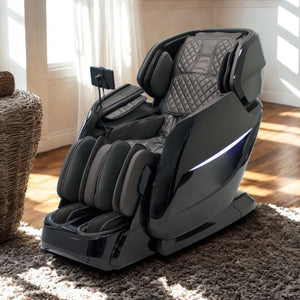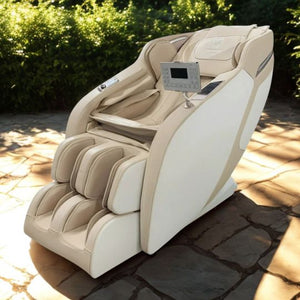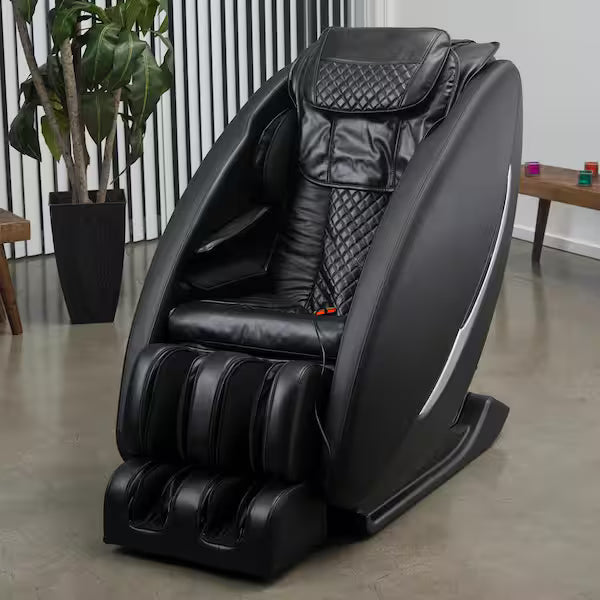Sports Physiologist on the Benefits of Massage Chair Recovery
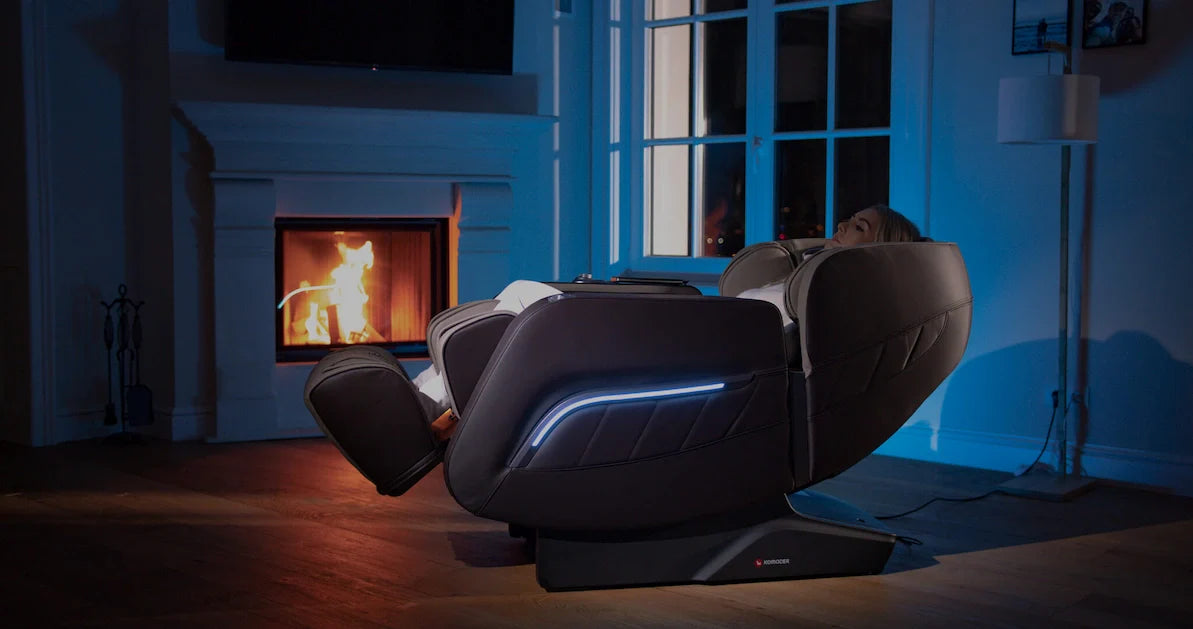
Introduction: The Science of Recovery in Sports
In modern sports science, performance is only half the equation—recovery is equally important. Athletes push their bodies to the limit, creating microscopic muscle damage, metabolic stress, and nervous system fatigue. While training and competition are designed to improve strength, speed, and endurance, these gains only become permanent when the body has adequate time and support to heal.
This is where recovery strategies come in. From ice baths to compression therapy, athletes have used a variety of methods to speed healing. But in recent years, sports physiologists have increasingly recommended massage chairs as a powerful recovery tool. Unlike traditional methods, massage chairs combine convenience, accessibility, and technology-driven precision to replicate many of the therapeutic effects of manual massage.
In this article, we’ll take an in-depth look at how a sports physiologist views massage chair recovery, the physiological mechanisms at play, and why athletes—from weekend warriors to professionals—are adopting this practice.
1. The Role of Recovery in Athletic Performance
1.1 Why Recovery Matters
Training stresses the body, breaking down muscle tissue and depleting energy stores. Recovery is the process by which these systems are restored and made stronger. Without proper recovery, athletes risk:
-
Increased injury rates
-
Reduced performance
-
Chronic fatigue
-
Overtraining syndrome
Recovery is not a passive process. It involves targeted strategies such as sleep optimization, nutrition, stretching, and massage therapy.
1.2 The Evolution of Recovery Tools
Historically, athletes relied on manual sports massage from physiotherapists. While effective, this option is expensive, time-consuming, and often limited to professional athletes. Massage chairs bridge this gap by offering therapeutic benefits at home, on-demand.
2. The Science Behind Massage Therapy
2.1 Mechanical Pressure and Muscle Repair
Massage applies mechanical pressure to muscles, which:
-
Stimulates blood circulation
-
Flushes out metabolic waste like lactic acid
-
Reduces inflammation
-
Increases oxygen and nutrient delivery to tissues
2.2 Nervous System Regulation
Massage also activates the parasympathetic nervous system—the body’s “rest and digest” mode. This reduces stress hormones like cortisol and promotes relaxation, which is crucial for healing.
2.3 Psychological Benefits
Beyond the physical, massage reduces anxiety, improves mood, and enhances sleep quality—all factors that influence athletic recovery.
3. How Massage Chairs Replicate Sports Physiotherapy
3.1 Advanced Technology Mimicking Human Hands
Modern massage chairs are engineered with rollers, airbags, and heat therapy systems designed to replicate:
-
Effleurage (long strokes): Improves circulation
-
Petrissage (kneading): Breaks down muscle knots
-
Percussion (tapping): Stimulates nerves and wakes muscles
-
Compression therapy: Reduces swelling and stiffness
3.2 Customization and Precision
Unlike human massage therapists, massage chairs can deliver consistent, programmable intensity levels, allowing athletes to target specific problem areas after each workout.
3.3 Accessibility for Everyday Athletes
You don’t need to be a professional athlete to benefit. Weekend joggers, cyclists, gym-goers, and even those recovering from workplace fatigue can integrate massage chairs into their wellness routines.
4. Sports Physiologist Insights: Key Benefits of Massage Chair Recovery
4.1 Accelerated Muscle Recovery
After intense exercise, muscle fibers are damaged and sore. Massage chairs reduce delayed-onset muscle soreness (DOMS) by stimulating circulation and enhancing lymphatic drainage.
4.2 Injury Prevention
By addressing tight muscles and improving flexibility, massage chairs lower the risk of strains, sprains, and overuse injuries.
4.3 Improved Range of Motion
Air compression and stretching functions in massage chairs loosen fascia, the connective tissue around muscles, improving flexibility and joint mobility.
4.4 Stress Relief and Mental Recovery
Sports performance is as much mental as physical. Regular use of a massage chair helps regulate mood, reduce stress, and improve mental focus before competitions.
4.5 Enhanced Sleep Quality
Deep sleep is where muscle repair occurs. Massage chairs promote relaxation and parasympathetic activation, helping athletes fall asleep faster and stay in restorative stages longer.
5. Comparing Massage Chairs with Traditional Physiotherapy
| Factor | Traditional Physiotherapy | Massage Chair |
|---|---|---|
| Cost | High (per session) | One-time investment |
| Accessibility | Limited to appointments | Anytime at home |
| Consistency | Therapist-dependent | Consistent and programmable |
| Focus | Personalized but time-bound | Adjustable, repeatable |
| Convenience | Requires travel | Instant use |
While physiotherapy offers individualized assessment, a massage chair provides ongoing, cost-effective support between professional sessions.
6. Case Studies: Athletes Benefiting from Massage Chairs
6.1 Marathon Runners
Long-distance runners experience repetitive stress on muscles and joints. Massage chairs help flush lactic acid and reduce inflammation, shortening recovery time.
6.2 Strength Athletes
Weightlifters and bodybuilders benefit from targeted recovery for muscle groups under heavy strain. Compression massage improves flexibility and reduces soreness, allowing for more frequent training.
6.3 Team Sports Players
Football, basketball, and soccer athletes often deal with impact-related fatigue. Massage chairs aid in recovery between games, maintaining peak performance throughout the season.
6.4 Everyday Fitness Enthusiasts
Even those hitting the gym three times a week can benefit from reduced soreness, improved posture, and stress relief provided by massage chair sessions.
7. The Role of Massage Chairs in Cambodia’s Wellness Landscape
In Cambodia, wellness and sports culture are rapidly evolving. More people are engaging in fitness, yoga, running, and team sports, which means recovery tools are in higher demand. The rise of Massage chair Cambodia has become a trend not just among athletes but also office workers who suffer from chronic stiffness due to long hours at desks.
Investing in a Massage chair Cambodia brings therapeutic recovery directly into homes, eliminating the need for frequent visits to spas or therapists. This accessibility is revolutionizing how both athletes and non-athletes approach recovery.
Furthermore, gyms and fitness centers are also incorporating Massage chair Cambodia options in their facilities, offering members a premium recovery experience after workouts. This integration bridges sports science and everyday health, making advanced recovery tools available to the wider community.
The market for Massage chair Cambodia continues to grow as awareness spreads about their benefits—not just for professional athletes but for anyone seeking wellness, relaxation, and improved quality of life.
8. Practical Guidelines from a Sports Physiologist
8.1 When to Use a Massage Chair
-
Immediately post-workout to flush waste products
-
Before training to activate muscles
-
During rest days for relaxation and flexibility
8.2 Session Duration and Frequency
-
15–20 minutes per session
-
3–5 times per week, depending on training intensity
8.3 Safety Considerations
-
Avoid excessive intensity to prevent muscle bruising
-
Consult a physician if recovering from surgery or major injury
-
Pregnant athletes should seek medical approval before use
9. Integrating Massage Chair Recovery into a Holistic Routine
Massage chairs are most effective when paired with other recovery strategies, including:
-
Adequate sleep
-
Proper nutrition and hydration
-
Stretching and mobility drills
-
Active recovery (light jogging, yoga, swimming)
-
Mindfulness or breathing exercises
By combining these practices, athletes maximize recovery and reduce downtime.
10. The Future of Massage Chair Technology in Sports
With rapid technological advancements, the next generation of massage chairs may feature:
-
AI-driven personalization based on biometric data
-
Integration with fitness trackers to analyze muscle fatigue
-
Virtual reality (VR) relaxation environments
-
Enhanced zero-gravity functions for spinal decompression
These innovations will continue to push the boundaries of recovery science.
Conclusion: Recovery Made Accessible
From a sports physiologist’s perspective, massage chairs represent a breakthrough in accessible recovery technology. They combine the physiological benefits of manual massage with the convenience of home use, making advanced recovery available to athletes and fitness enthusiasts alike.
In Cambodia and beyond, massage chairs are becoming a central part of the wellness movement—empowering people to train harder, recover smarter, and live healthier. Whether you are a marathon runner, a gym enthusiast, or someone simply looking to improve overall well-being, integrating massage chair recovery can be a game-changer for your health journey.

